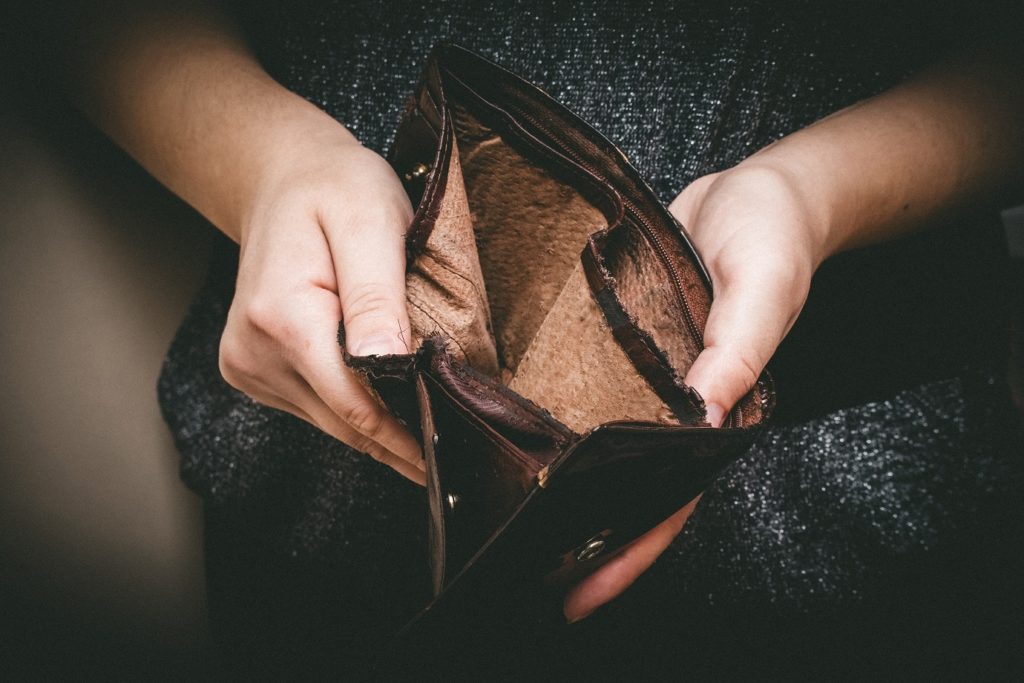Nearly one million Australians are living in severe poverty, a situation that is much more pronounced for women than men, a new report has revealed.
The report released by Bankwest Curtin Economics Centre, shows how the pandemic has seen housing costs in Australia rise to “unmanageable levels”, a situation that has left many struggling to pay for basics like food and household bills.
High rents have increased poverty levels among renters, with the poorest families in Australia scraping by on less than $150 per week after housing costs. Professor Alan Duncan, the author of the report and director of the Bankwest Curtin Economics Centre said that any further rent increases would be “financially catastrophic” for the nearly one million Australians living in severe poverty.
“The release of this Focus on The States report coincides with International Women’s Day, and it could not be more fitting that many of the findings speak directly to the financial hardships and pressures that many women in Australia face,” Professor Duncan said in the report’s foreword.
“Our research explores the challenges faced by single parents, and by women across the course of their lives, and examines how adverse life events affect women’s economic security.
“If you care about gender equity then you should read this report and care about poverty because of its disproportionate impact on women.”
The report, which used data from the latest HILDA survey, also shows that over 750,000 children are living in families below the income poverty line, while over 190,000 children are currently experiencing severe poverty.
“Severe income poverty is an unwanted outcome for any group, but particularly for children whose living standards while in the home will adversely affect their future life outcomes,” the report said.
Meanwhile, the report reveals a clear gender gap in poverty in Australia. It is more pronounced for young women and women approaching retirement. Single women aged over 55 who live in private rental accommodation are commonly exposed to financial hardship, with two-thirds of these women experiencing income poverty.
“Both partners are at greater risk of poverty when relationships break down, but the effects are both more severe and more enduring for women,” the report said.
“The risk of descending into poverty is three times higher for women than for men following separation or divorce, and twice as high following the death of a partner. Women also suffer adverse impacts from life events for longer. The poverty risks for women remain at the same heightened level for three or more years after a relationship breakdown or the death of a partner.”
Further, one in five people in poverty in Australia are in low paid employment. One in eight agriculture workers and 10 per cent of workers in the accommodation and food services sector have earnings that come in below the poverty line.
For those who are unemployed, the JobSeeker payments are currently $388.35 per week including rent assistance and the energy supplement.
“Commonwealth Rent Assistance (CRA) is capped at $142.80 per fortnight once rents reach $318 per fortnight and with minimum rents of at least $300 per week in many parts of Australia, the maximum CRA payment is no longer adequate, covering less than a quarter of the rent of most recipients,” Professor Duncan said.
“When combined, JobSeeker and CRA payments total $386.15 a week, which is woefully inadequate as a protection against rising costs of living for many recipients. Even if recipients can find rental accommodation at the budget price of $250 per week, this leaves only $136 per week to live on.”
“An increase of 30 percent in the CRA maximum payment along with a $140 per week increase in the base JobSeeker rate and related payments would protect up to 1 million people from rising rents and high costs of living, and would be a huge step in tackling the poverty crisis.”
The report states that an increase of $25 per day in the JobSeeker base rate combined with $30 per week extra in rent assistance “would virtually eliminate severe poverty” in Australia.
An investment in social housing is one of the most important decisions governments could make to fight poverty, according to the report.
“Social housing has never been more important as a way to provide secure, affordable homes to those in deepest financial hardship,” Professor Duncan said.
“Our findings show the poverty rate for social housing tenants reduced by 6.7 percentage points since the start of the COVID pandemic.”


